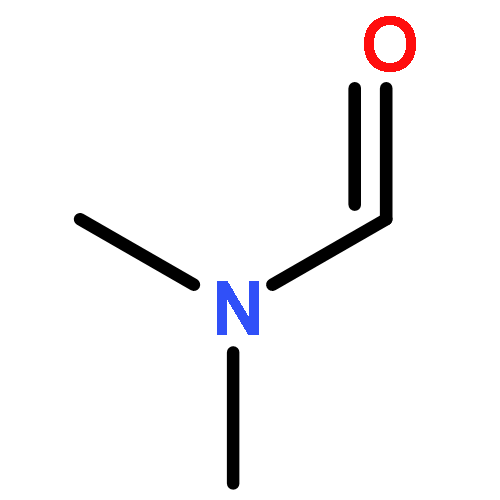•Two A-π-D-π-A type indacenodithiophene-based small molecules have been designed and synthesized.•The indacenodithiophene-based small molecules exhibit good performance of OFETs and OPVs simultaneously.•Side chain positions of the π-bridges in the molecules influence the performance of the OFETs and OPVs.•The power conversion efficiency of the OSCs based on the molecules as donor reached ca. 3%.Solution-processed indacenodithiophene (IDT)-based small molecules with 1,3-indanedione (ID) as terminal acceptor units and 3,3′-hexyl-terthiophene (IDT-3Th-ID(I)) or 4,4′-hexyl-terthiophene (IDT-3Th-ID(II)) as π-bridges, have been designed and synthesized for the application in organic field-effect transistors (OFETs) and organic solar cells (OSCs). These molecules exhibited excellent solubility in common organic solvents, good film-forming ability, reasonable thermal stability, and low HOMO energy levels. For the OFETs devices, high hole motilities of 0.52 cm2 V−1 s−1 for IDT-3Th-ID(I) and 0.61 cm2 V−1 s−1 for IDT-3Th-ID(II) were achieved, with corresponding high ION/IOFF of ca. 107 and ∼109 respectively. The OSCs based on IDT-3Th-ID(I)/PC70BM (2:1, w/w) and IDT-3Th-ID(II)/PC70BM (2:1, w/w) without using any treatment of solvent additive or thermal annealing, showed power conversion efficiencies (PCEs) of 3.07% for IDT-3Th-ID(I) and 2.83% for IDT-3Th-ID(II), under the illumination of AM 1.5G, 100 mW/cm2. The results demonstrate that the small molecules constructed with the highly π-conjugated IDT as donor unit, 3Th as π-bridges and ID as acceptor units, could be promising organic semiconductors for high-performance OFETs and OSCs applications.Graphical abstract

